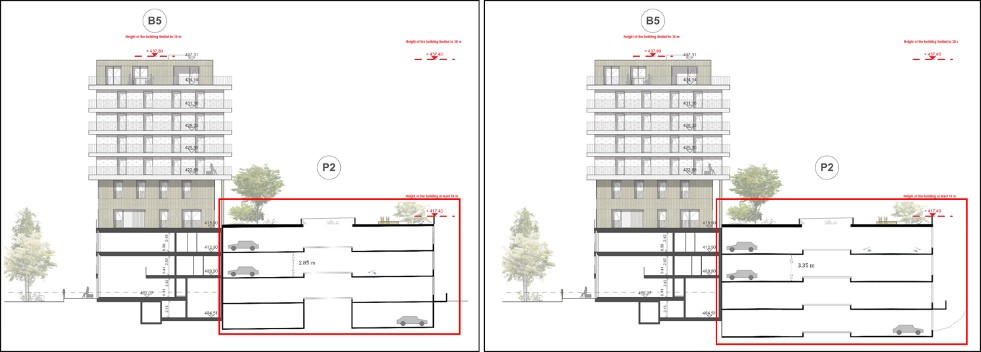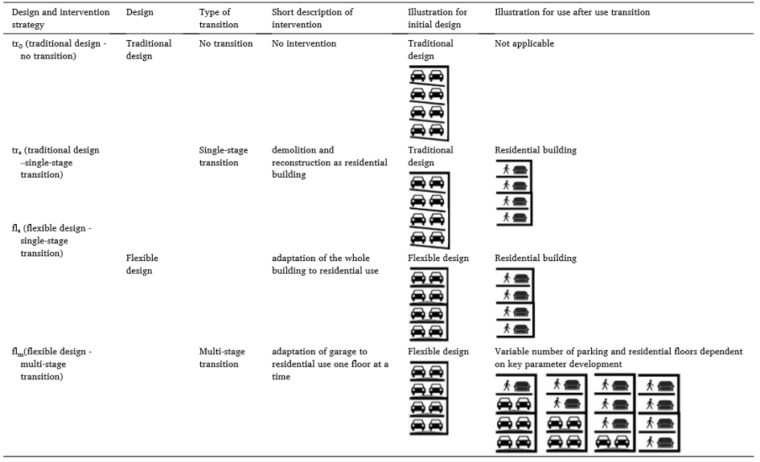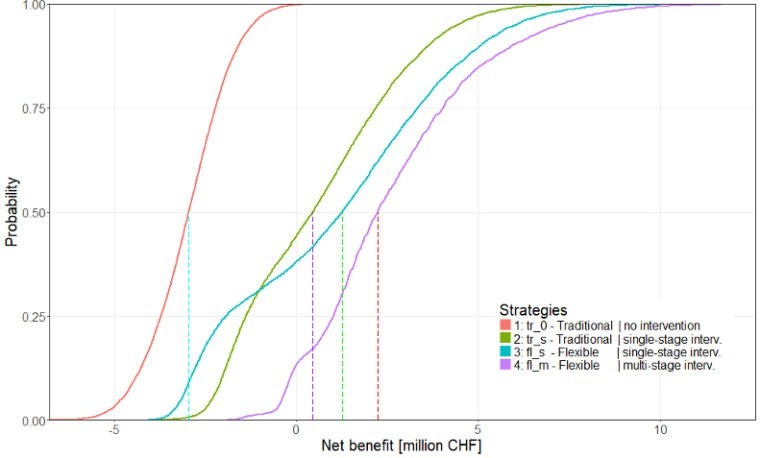
Arnór B. Elvarsson, Claudio Martani, Bryan T. Adey
2020
Article online
Parking garages are often currently designed assuming that parking demand will be stable over their lifetime. The looming mobility shift towards automated vehicles (AVs), however, makes parking demand highly uncertain, with some scenarios leading to its complete disappearance at some time in the near future. The design of optimal parking garages needs to take this uncertainty into consideration and may lead to parking garages that can easily be transformed for other uses when beneficial.
In situations of large future demand uncertainty, infrastructure owners are increasingly using the real options method to help evaluate the potential benefits of paying more for construction of flexibly designed infrastructure. The real options method, helps owners, to avoid under-, or overinvesting in infrastructure, through the minimisation of their risks. In this work, a methodology, which uses the real options method, is proposed to determine the optimal design of a parking garage located within a residential building. The methodology is used, together with estimates of the uncertainty in the future parking demand due to deployment of AVs, Monte Carlo simulations of the possible futures, stakeholder costs for operation and refurbishment costs for each of the different design alternatives and intervention strategies, to estimate the net benefits over the life-time of the parking garage.
In: Journal of Building Engineering, DOI: 10.1016/j.jobe.2020.101703

